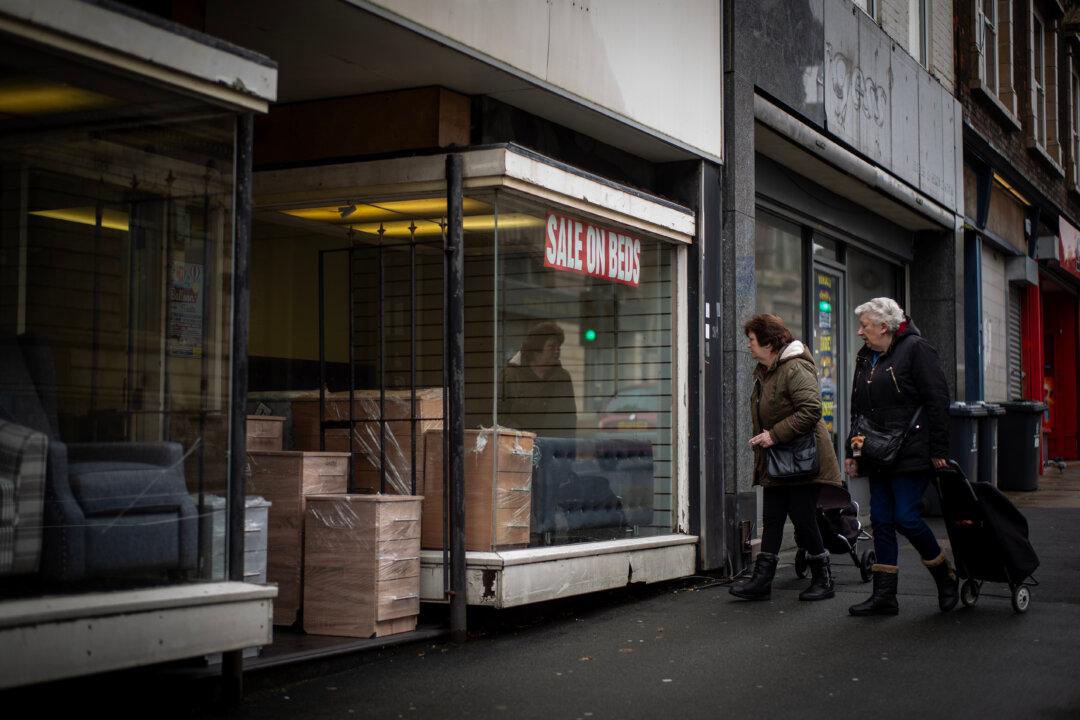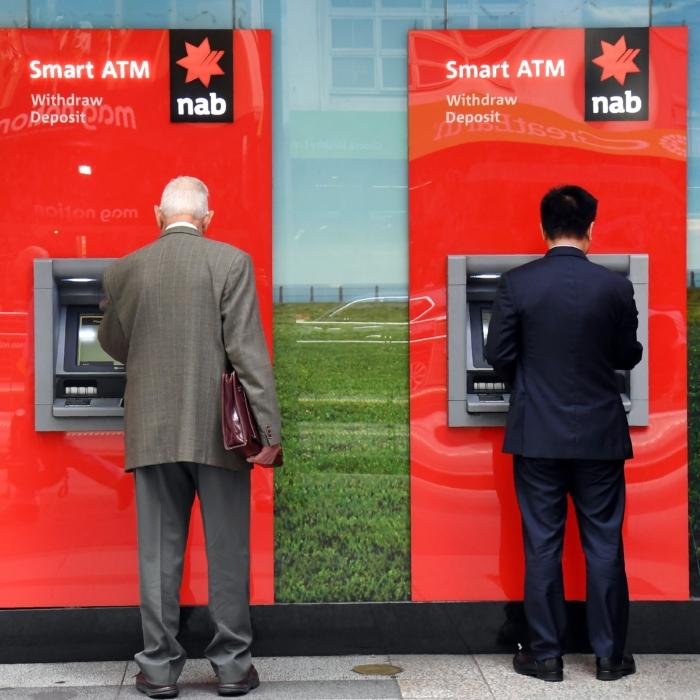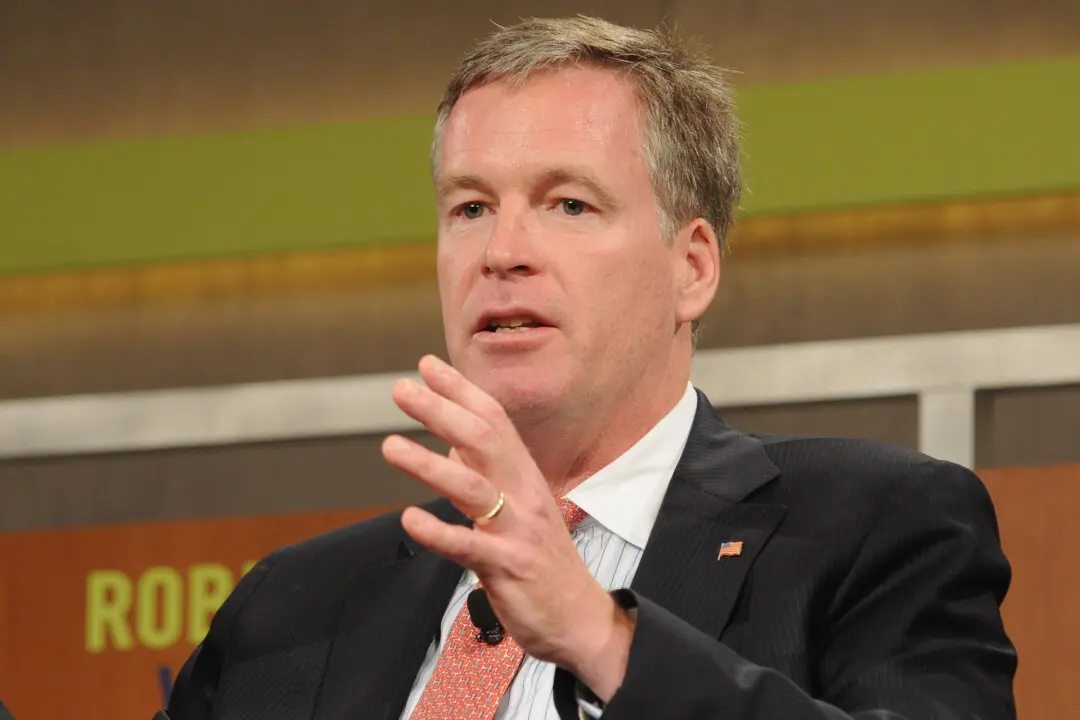The landscape of the British high street has changed “dramatically,” with beauty salons and unlicensed cafes taking over banks and clothing shops, research has found.
Reporting on the changing dynamics of the high street from 2010 to 2023, the agency said that over the last 13 years, nearly 2.5 new hairdressers or beauty salons have opened every day.
On the other hand, shoppers have witnessed a sharp decline in the number of banks available on high streets.
“In terms of businesses leading the way in disappearing from our high streets, the number of banks has declined by over 60 percent since 2010 as online banking reduces the need for many of us to go to a branch,” researchers said.
Financial Pressures
Analysis of official data on registered businesses in the UK also showed that clothing stores have been on the decline in urban areas. Their number has dropped by about 3,600 across major towns and cities.Meanwhile, non-store retailing businesses—via mail or internet orders—have enjoyed the biggest increase.
“These types of business are far less likely to be on the high street of towns and cities, but their growth is a reflection of the changing way that we shop, often to the detriment of high streets,” the research said.
Elsewhere, the number of unlicensed restaurants and cafes have more than doubled in number, reflecting “the rise of coffee and foodie culture in Britain.”
Researchers attribute this evolution of the high street to the rise of online shopping and banking, as well as the pressures of the cost-of-living crisis on consumers.
The surge of inflation and interest rates in the post-COVID-19 pandemic years have added to the financial pressures of keeping high street shops open. Coupled with the post-pandemic surge in remote working, the changes have “all taken their toll on mainstays of our town and city centres,” the report said.
High inflation has driven up business rates, a tax that local authorities in the UK charge on non-residential properties, like offices, shops, and factories. The underlying level of the tax, also known as the Uniform Business Rate, has risen from 35 to 55 percent since it was introduced in 1990.
Regions and Public Sentiment
Looking at regional differences, researchers found an apparent north–south divide in the per capita number of takeaways.Towns and cities in the north tend to have more takeaway businesses per 10,000 people than in the south.
“Much of the public seems to believe that the changing face of the high street has left them with an inappropriate mix of stores,” the report found.
The poll of adults across the country showed that 51 percent found their local high street to be in decline, while a third of respondents said it “wasn’t changing much.”
Over two fifths of adults think there are not enough banks or clothing stores on their high street. According to over 30 percent of respondents, there are too many charity shops and nail bars in high streets.
Researchers also noted that Conservative Party supporters were most likely to say that high streets were in decline (56 percent). This compares to 49 percent among Labour voters and 43 percent among Liberal Democrat supporters.







